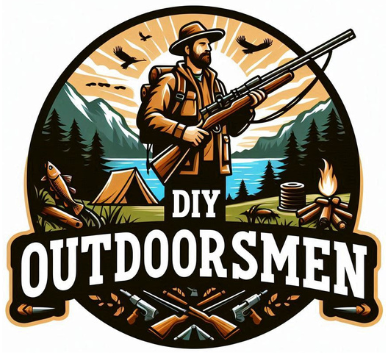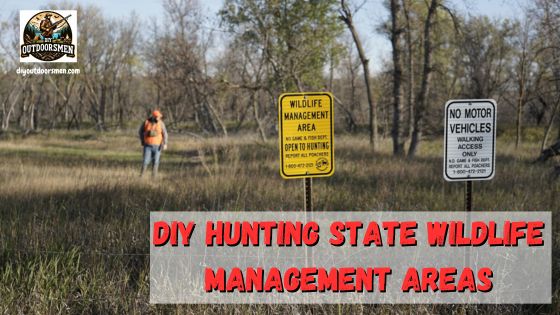Contents
State Wildlife Management Areas (WMAs) offer a unique opportunity for hunters like you to enjoy the outdoors and hunt in a managed, sustainable environment. These lands are specifically designated for wildlife conservation and recreation, which includes hunting.
KEY TAKEAWAYS:
When planning a DIY hunt in State Wildlife Management Areas, start your research with the Fish and Game department of the state you will be hunting. They will have a list of the WMAs available for hunting along with season dates, requirements, and even maps. Do some e-scouting online to help narrow your search and, if you have the time, do some boots-on-the-ground scouting preseason. Learn the particular rules and requirements for the WMA you will be hunting and secure the proper permits and licenses. Above all, be safe and leave no trace.
Before you set foot in a WMA, it’s imperative to know and follow the rules that govern these areas. These regulations typically encompass which species are huntable, the seasons during which hunting is allowed, access to the area, and the specific permitted methods of take.
Finding the right WMA for your hunting expedition is a breeze with a bit of research. Start by checking out the websites of the state wildlife agency or the Department of Natural Resources for the state you are considering for your DIY hunt. They often provide comprehensive maps and databases listing the locations, habitats, and available species of nearby WMAs.
Preparation for Hunting in State Wildlife Management Areas
Before stepping into the wilds of a State Wildlife Management Area, you need to arm yourself with more than just your hunting gear. You will need to obtain the correct permits and understand the licensing requirements for the area. This isn’t just about hunting; it’s also about conservation. The fees from your permits directly support wildlife and habitat management.
You’re going to need to gather a range of equipment that aligns with WMA regulations. This typically includes but is not limited to, appropriate firearms or bows, ammunition, blaze orange safety attire, and perhaps a game call or two. Every item must meet the specifications for the intended game and region.
Scouting the WMA beforehand can significantly enhance your experience. E-scouting with digital maps and satellite imagery can provide you with a preliminary understanding, but there’s no substitute for setting foot on the terrain.
Old-school woodsmanship learning the area, tracking animal signs, and identifying water sources and food plots can give you a substantial edge when hunting season opens. This upfront investment in preparation not only primes you for a more enjoyable outing but also fosters a deeper appreciation for the animals and the great outdoors we’re privileged to enjoy.
Ethical Hunting Practices within State Wildlife Management Areas
It’s important to understand that ethical hunting ensures not just your enjoyment, but also the conservation of wildlife for future generations. One key aspect is adhering to harvest regulations, which play a critical role in wildlife population control and sustainability.
These rules are there for a reason – to maintain ecological balance. As responsible hunters, it’s crucial to follow bag limits and only hunt certain species during specified seasons. Reporting your harvest might seem like just another step, but it’s vital for managing wildlife populations.
Biologists use your data to make informed decisions about season lengths, bag limits, and conservation strategies. Ensuring you leave the habitat as you found it means future hunters will have the same opportunity to enjoy the environment. Picking up spent cartridges and respecting trail rules reflect your dedication to preservation.
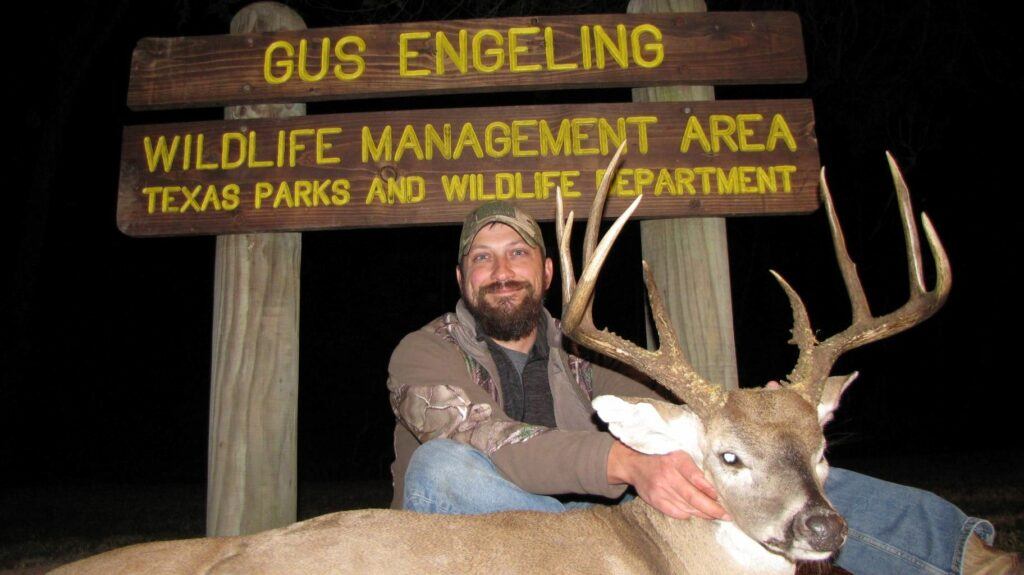
By practicing ethical hunting, you also set a positive example for the hunting community and help secure the future of hunting within WMAs. It’s not just about the game you take home; it’s about the footprint you leave behind – and ideally, it should be invisible.
Hunting Safety in State Wildlife Management Areas
Now, personal safety is paramount when hunting, and being in a WMA is no exception. Proper firearms handling is essential – accidents can be fatal. Beyond this, wearing bright clothing, such as hunter orange, makes you visible to other hunters, reducing the risk of mishaps. Most
WMA’s have some hunter-orange requirements.
The terrain in a WMA can be challenging. Map reading, using a compass, and perhaps even a GPS are skills you’ll need. Familiarize yourself with the area during daylight and have a plan for if you get lost. Always inform someone about your trip details before heading out.
Emergencies happen, often when least expected. Having a survival kit is a must. This should include items like water purification tablets, a fire-starter kit, and a whistle. Also, know the basics of first-aid – it could be a lifesaver, literally.
When you think of hunting, survival skills might not be the first thing that comes to mind. However, these skills are crucial not just for your safety but by being prepared for emergencies you can focus on the hunt with peace of mind.
Final Thoughts on DIY Hunting in State Wildlife Management Areas
Hunting in State Wildlife Management Areas (WMAs) isn’t just about the pursuit of game; it’s also an opportunity to actively participate in wildlife management and conservation. By Hunting State Wildlife Management Areas you’re taking an active part in maintaining the health and balance of local game populations.
This sustainable approach ensures these lands continue to thrive for future generations of hunters and wildlife enthusiasts alike.
While traditional skills are the backbone of successful hunting, embracing the legal and ethical use of technology can considerably enhance your success. From GPS devices that help track your movements to mobile apps that monitor weather patterns, technology is a valuable tool.
Just make sure any tech you use is legal per the hunting guidelines for the state and areas you will be hunting. And, don’t underestimate the value of the hunting community. Engaging with experienced hunters and groups offers a way to share knowledge, exchange tips, and maybe even form friendships.
Local hunting clubs and online forums are great places to start connecting with others who share your passion for hunting and conservation. Beyond the thrills of the hunt, it is the shared stories and wisdom that often make hunting wildlife management areas a rewarding experience.
As always, stay safe, enjoy the journey and please try to leave it cleaner than you found it. If you have any comments, questions, ideas, or suggestions please leave them in the comment section below and I’ll get back to you ASAP. You can follow us on YouTube: Man Art Creations for videos of our DIY Adventures.
Check Out Our Latest Articles:
- Understanding Deer Behavior To Improve Your Hunt
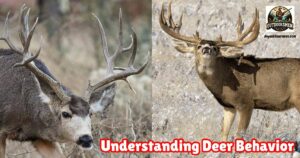
- Complete Guide On Tracking Game Animals
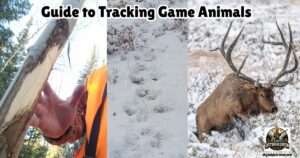
- DIY 4-Step Guide To Field Dressing And Quartering A Deer
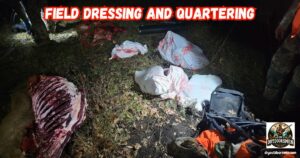
- Night Vision Binoculars For Nocturnal Hunting
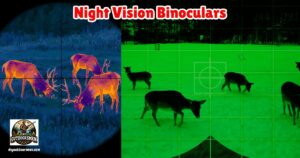
- The Science Behind Camouflage Patterns For Deer Hunting

- Binocular Accessories For Hunters

P.S. – Thanks so much for checking out our blog we really appreciate it. Just so you know, we may receive a commission if you click on some of the links that appear on our site. This helps us keep our content free and up-to-date for everyone. We appreciate your support!
